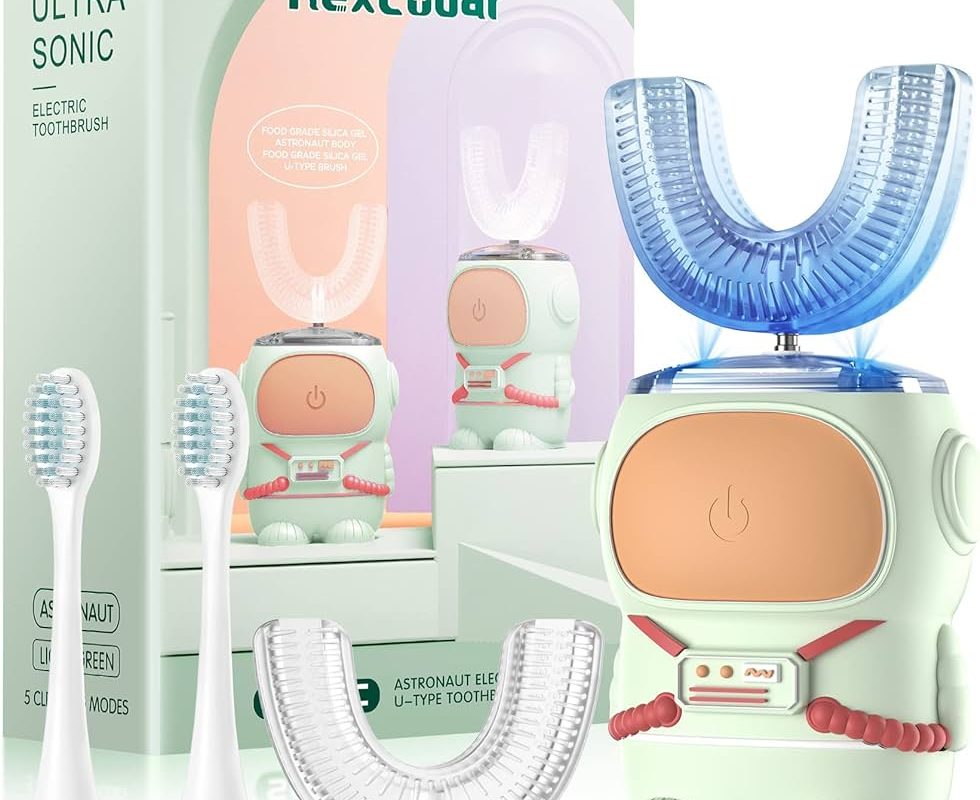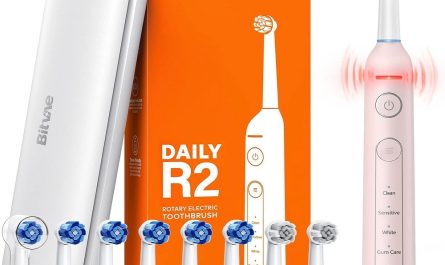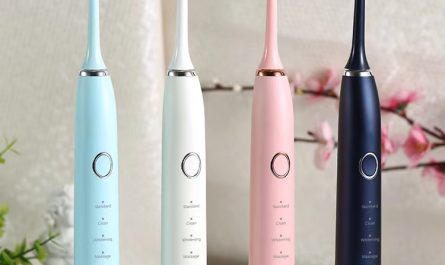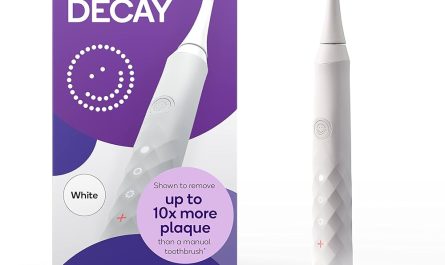Introduction:
Keeping your electric toothbrush handle clean is crucial for maintaining hygiene and ensuring the longevity of the device. While most people focus on cleaning the bristles, the handle can also accumulate dirt, grime, and bacteria over time. This guide explores the best practices for cleaning and maintaining your electric toothbrush handle to ensure it remains in optimal condition.
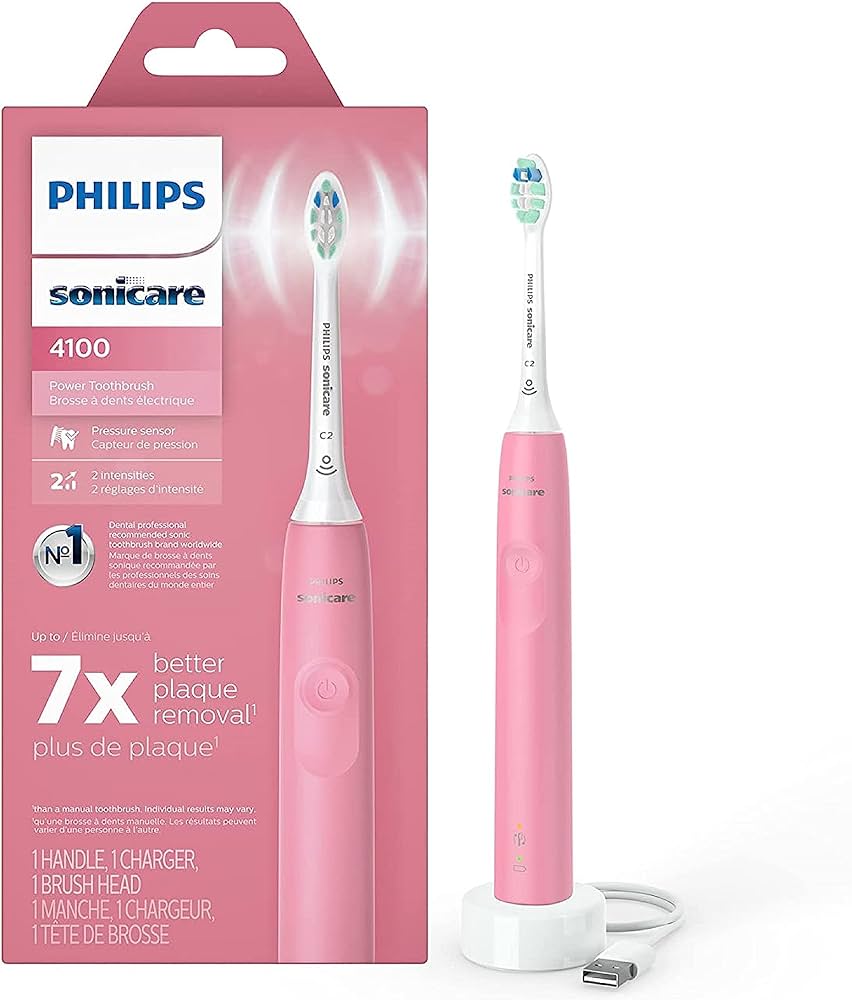
How to Clean Your Electric Toothbrush Handle:
What Are the Best Practices?
Understanding the Importance:
Why Should You Clean Your Electric Toothbrush Handle Regularly?
Cleaning your electric toothbrush handle is essential for several reasons.
Hygiene and Health:
Preventing Bacterial Growth:
Bacteria Accumulation: The handle of your toothbrush can harbor bacteria, mold, and other pathogens, especially if it’s stored in a damp environment. Regular cleaning helps reduce the risk of these contaminants spreading.
Oral Health: By maintaining a clean handle, you minimize the risk of transferring bacteria back to your mouth, which can contribute to oral health issues like gum disease or bad breath.
Functionality and Longevity:
Device Maintenance:
Preventing Malfunctions: Dirt and grime can affect the functionality of the buttons and charging components. Keeping the handle clean ensures that these parts work efficiently without obstruction.
Extending Lifespan: Regular maintenance and cleaning can extend the lifespan of your electric toothbrush by preventing buildup that may cause wear and tear over time.
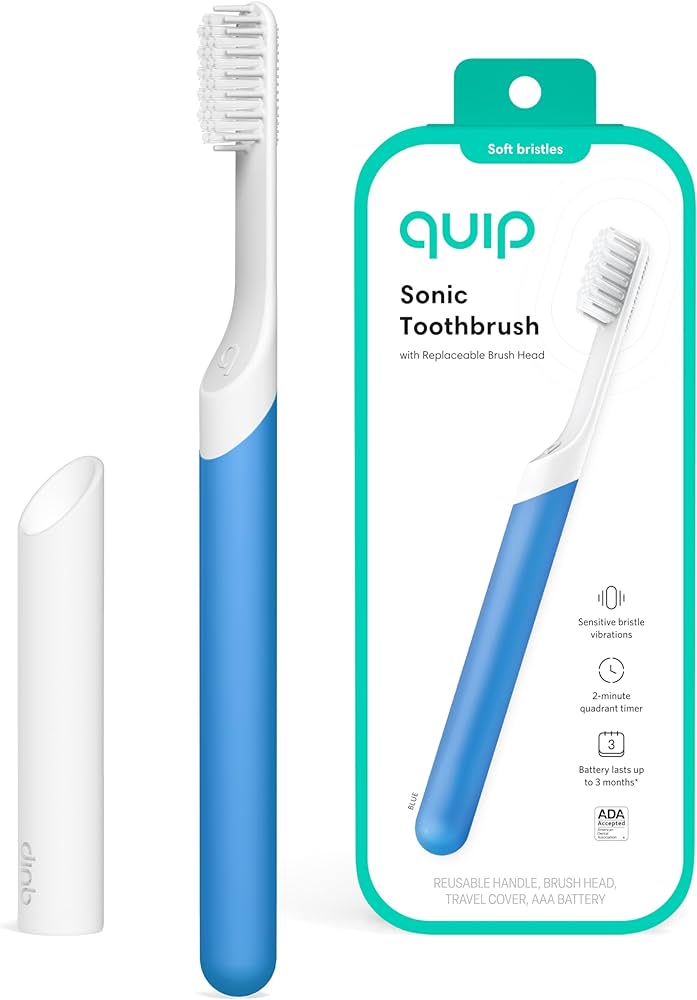
Safety Precautions:
What Should You Do Before Cleaning Your Electric Toothbrush Handle?
Taking the necessary safety precautions is crucial for effective and safe cleaning.
Unplug the Device:
Power Safety:
Turn Off and Unplug: Ensure the toothbrush is turned off and unplugged from its charging base before you begin cleaning. This prevents any risk of electric shock.
Remove the Brush Head:
Detaching Components:
Proper Disassembly: Remove the brush head from the handle. This makes it easier to clean both components thoroughly without damaging sensitive areas.
Basic Cleaning:
How Should You Perform Routine Cleaning on Your Electric Toothbrush Handle?
Regular cleaning can be straightforward and quick when done correctly.
Soap and Water:
Simple Solution:
Warm Soapy Water: Use warm water and a mild dish soap to clean the handle. Dampen a soft cloth or sponge with the soapy water, then gently wipe down the entire handle, paying special attention to areas around the buttons and the base.
Avoid Soaking: Avoid submerging the handle in water to prevent moisture from entering electronic components.
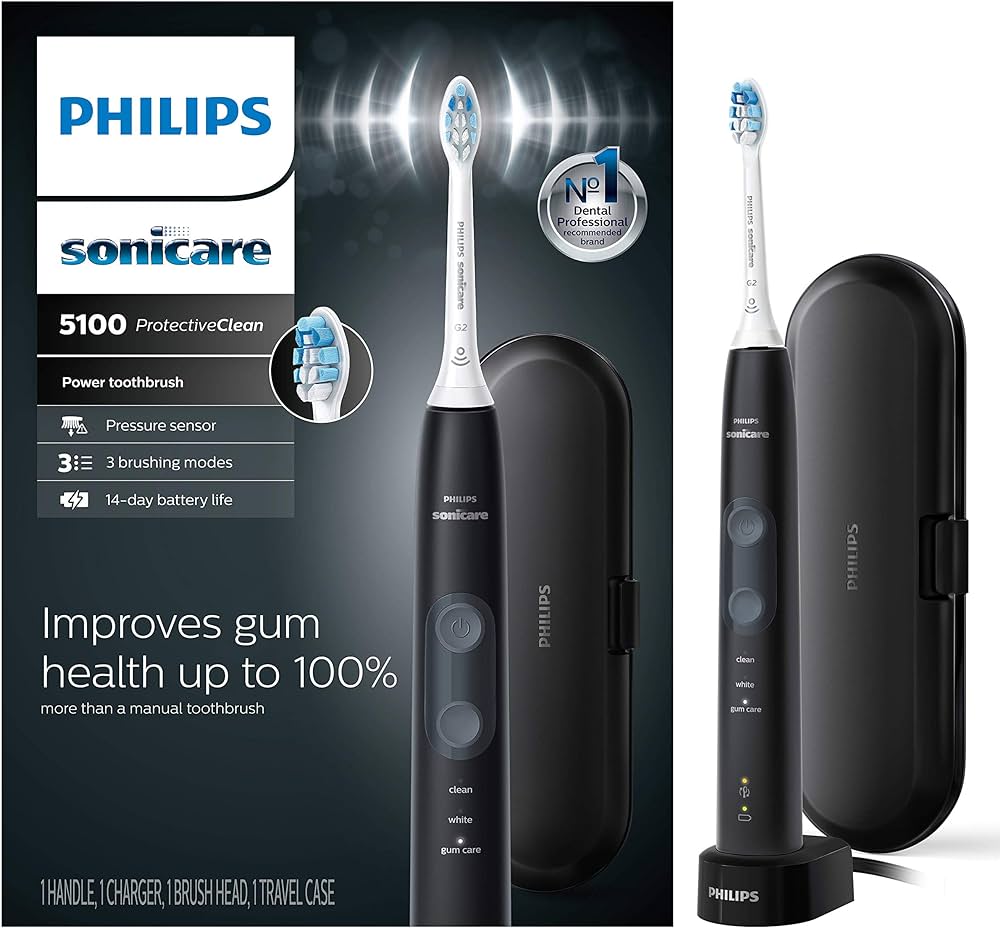
Rinsing and Drying:
Effective Rinsing:
Clear Off Residue: Use a damp cloth with clean water to wipe off any soap residue from the handle. Ensure all soap is removed to prevent it from drying and leaving a sticky film.
Proper Drying: Dry the handle thoroughly with a clean, dry cloth. Allow it to air dry completely before reattaching the brush head or placing it back on the charger.
Deep Cleaning:
What Advanced Steps Can You Take for Thorough Cleaning?
Occasionally, a more thorough cleaning is necessary to address buildup and hidden grime.
Alcohol Wipes:
Disinfectant Action:
Using Alcohol Wipes: Alcohol wipes are effective for disinfecting your electric toothbrush handle. Wipe down the handle, especially around buttons and joints, to kill bacteria and remove grime.
Avoid Saturating: Ensure that the wipes are not too wet, as excessive moisture can penetrate the handle and damage electronic components.
Interdental Brushes:
Reaching Small Gaps:
Cleaning Crevices: Use interdental brushes or cotton swabs to clean tight areas, such as around buttons and charging ports. Dip the brushes or swabs in soapy water or alcohol for better cleaning.
Rotating Components: Regularly clean around any rotating or removable components to ensure they operate smoothly.
Vinegar Solution:
Natural Cleaners:
Vinegar and Water: A solution of equal parts water and white vinegar can be used for cleaning. Spray or dab the solution onto a cloth and wipe down the handle. This mixture helps break down residue and disinfects naturally.
Rinse Thoroughly: Ensure thorough rinsing with clean water to remove any vinegar residue, as it can leave an unpleasant odor.
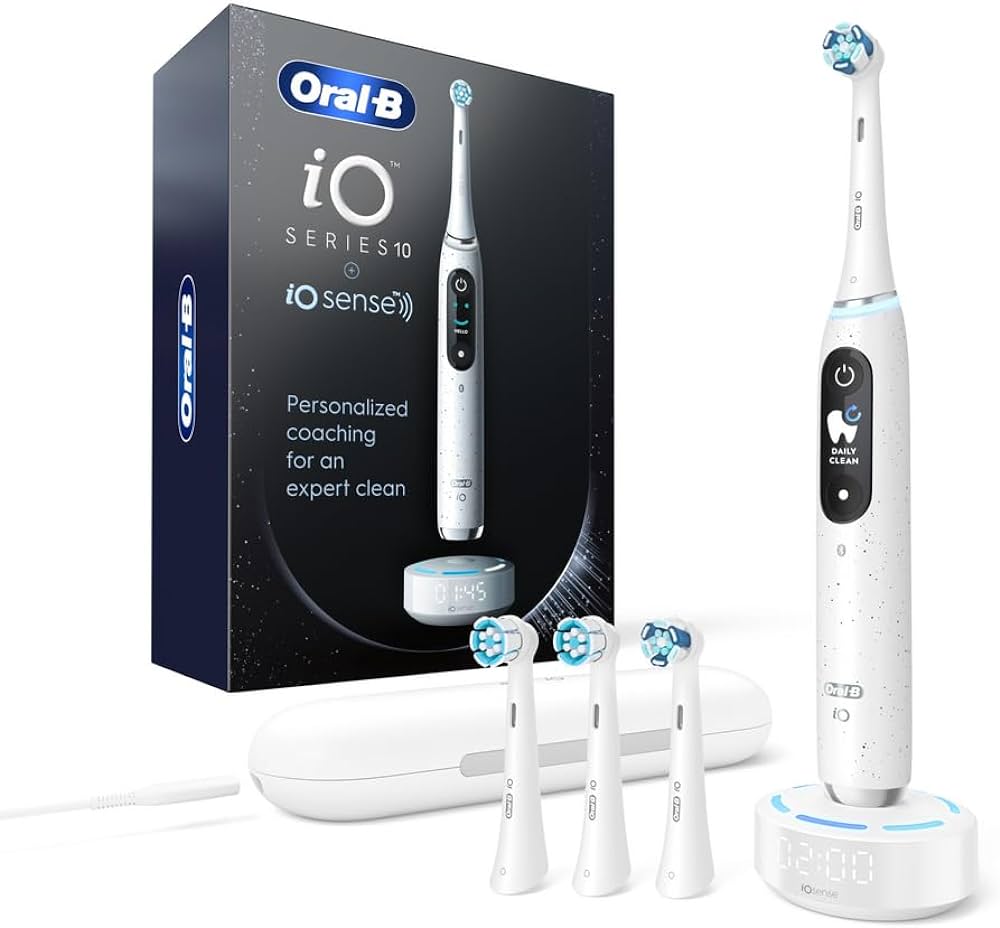
Maintaining the Charging Base:
How Do You Keep the Charging Base Clean?
The charging base is an integral part of your electric toothbrush setup and requires regular cleaning.
Dust and Debris:
Surface Cleaning:
Weekly Wiping: Wipe down the surface of the charging base regularly with a damp cloth to remove dust and debris. This prevents buildup that can interfere with the charging process.
Avoid Water Damage: Ensure the cloth is damp, not wet, to avoid water seeping into electrical components.
Charging Contacts:
Ensuring Good Connection:
Alcohol Cleaning: Clean the charging contacts with a cotton swab dipped in rubbing alcohol. This ensures a good connection between the toothbrush and the charging base, which is crucial for efficient charging.
Routine Checks:
Inspecting Components:
Regular Inspections: Periodically check the charging base for any signs of damage or corrosion. Address any issues promptly to avoid affecting the performance of your electric toothbrush.
Preventive Measures:
What Can You Do to Minimize Dirt and Bacteria on Your Toothbrush Handle?
Implementing preventive measures can reduce the frequency of deep cleaning required.
Proper Storage:
Hygienic Environment:
Ventilated Storage: Store your electric toothbrush in an upright position and ensure it is well-ventilated to allow it to dry between uses. Avoid placing it in an enclosed container where moisture can accumulate.
Away from the Toilet: Keep your toothbrush away from the toilet area to minimize the risk of airborne bacteria settling on it.
Regular Maintenance:
Consistent Cleaning:
Routine Cleaning Schedule: Establish a routine cleaning schedule for your toothbrush handle, such as once a week, to prevent buildup and maintain hygiene.
Immediate Cleaning: Wipe the handle with a damp cloth immediately if toothpaste or grime is visible after use.
Hands-Free Storage:
Mounting Solutions:
Wall Mounts: Consider using wall-mounted holders that keep the toothbrush handle off the counter and reduce exposure to contaminants.
Brush Head Hygiene:
Separate Cleaning:
Brush Head Soaking: Alongside cleaning the handle, regularly soak the brush head in an antibacterial solution to ensure complete oral hygiene.
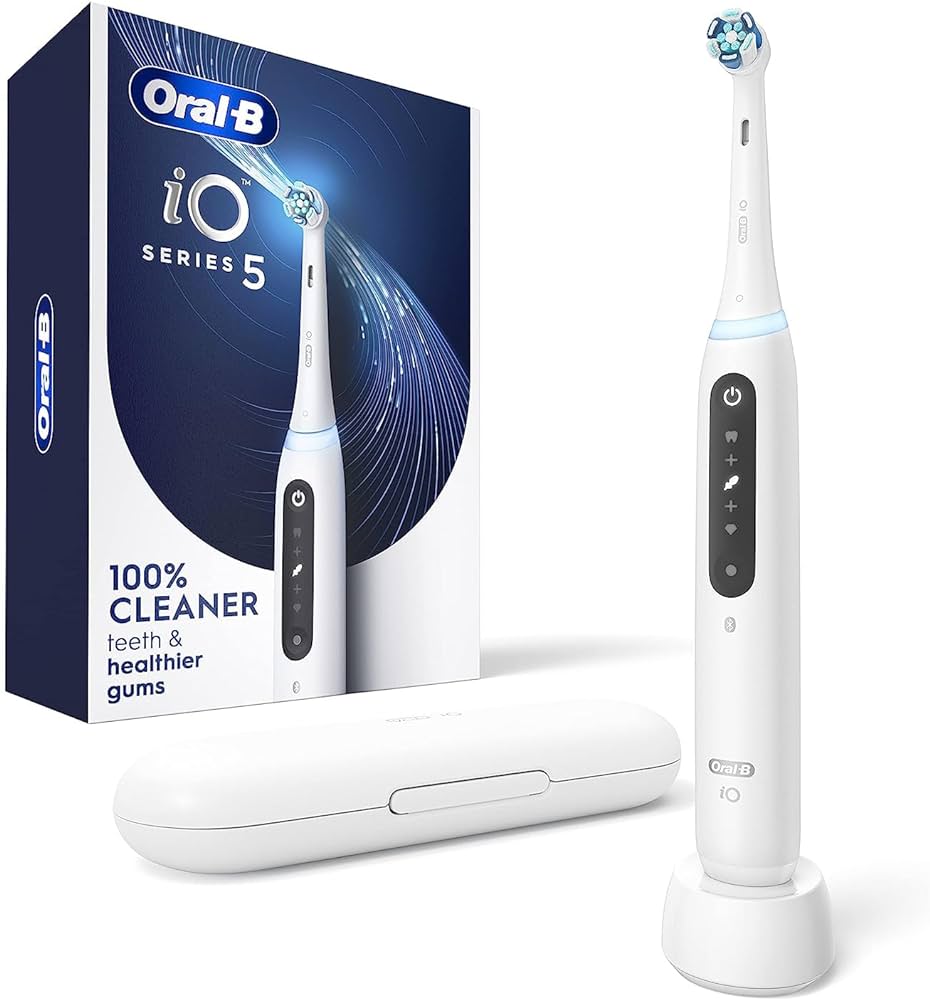
Understanding Materials:
What Do Different Handle Materials Mean for Cleaning?
The material of your electric toothbrush handle can influence the cleaning methods and frequency.
Plastic Handles:
Common Material:
Simple Maintenance: Most electric toothbrush handles are made of durable plastic, which is resistant to water and easy to clean. Regular wiping with soapy water or alcohol wipes is usually sufficient.
Rubberized Handles:
Textured Grips:
Deep Cleaning: Rubberized handles offer better grip but can accumulate more dirt in the textured areas. Use a brush or cotton swabs to clean these areas more thoroughly.
All-In-One Devices:
Integrated Systems:
Multi-Cleaning Steps: For electric toothbrush models with integrated water flossers or other features, ensure each component is cleaned according to manufacturer instructions to maintain overall hygiene.
Professional Advice:
How Do Experts Recommend Cleaning Electric Toothbrush Handles?
Professional recommendations can provide additional insights into effective cleaning practices.
Dental Hygienists:
Expert Tips:
Consistent Hygiene: Dental hygienists emphasize the importance of regular and thorough cleaning of both the bristle head and the handle to prevent bacterial buildup.
Careful Storage: Experts recommend storing your toothbrush in a clean, dry location and ensuring it dries quickly after use.
Manufacturer Instructions:
Follow Recommendations:
Manufacturer Guidelines: Follow the specific cleaning recommendations provided by the toothbrush manufacturer. These guidelines are tailored to the construction and materials of your specific model.
Warranty Considerations: Adhering to manufacturer instructions can also preserve the warranty and avoid voiding it due to improper care.
Conclusion
Maintaining a clean electric toothbrush handle is essential for both hygiene and the longevity of the device. Regular cleaning using simple methods like soapy water, alcohol wipes, and specialized tools ensures that the handle remains free of grime and bacteria. Implementing preventive measures and following expert advice further enhances the effectiveness of your cleaning routine. By dedicating time to properly care for your electric toothbrush handle, you can ensure it continues to provide optimal performance and hygiene for years to come.

